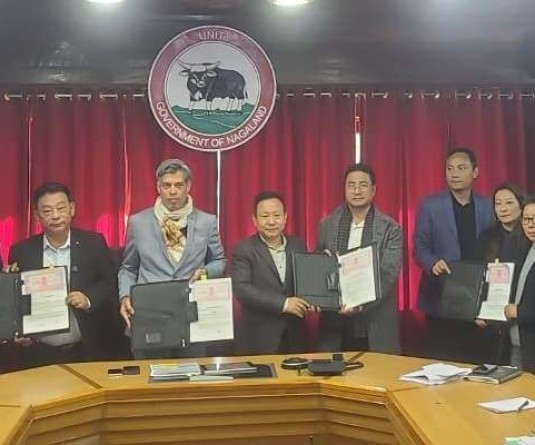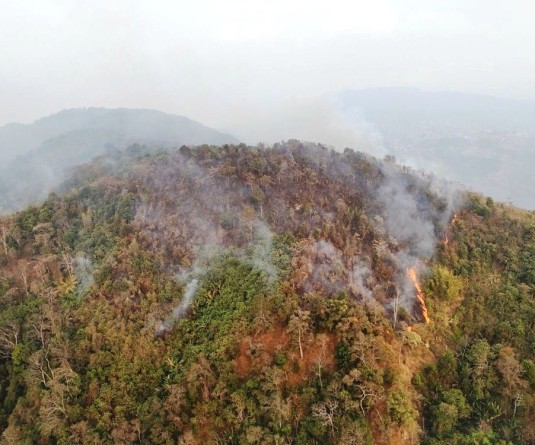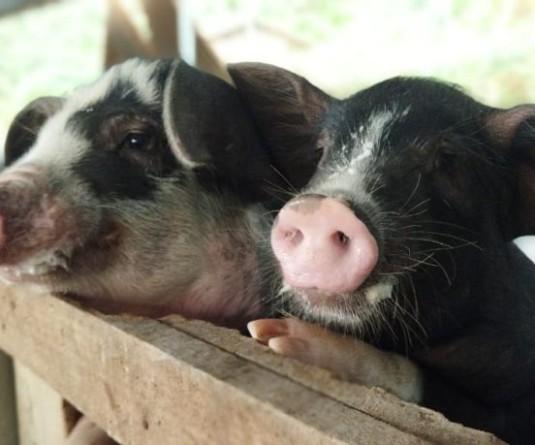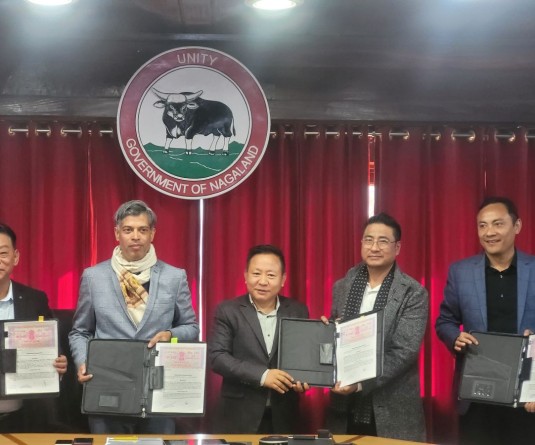Local participants during the earlier editions of Hornbill Festival. (File Photo | Courtesy: Talimoa Pongen)
.jpeg)
Rebecca K Kits
Kohima | November 28
The Hornbill Festival, held annually in the state of Nagaland, has grown over the years to become a major cultural event that draws visitors from across India and the world. In its 2023 edition, the festival attracted 1.54 lakh visitors.
The 2024 edition marks the 25th year of the festival, and in line with its reputation as the ‘Festival of Festivals’, it promises to offer a cultural spectacle and a celebration like no other.
From delicious local cuisine, folk dances and songs, to traditional arts and crafts, and indigenous activities, visitors will get a ringside view of all the Naga tribes, their culture, and distinctiveness in one place.
Held in Kisama, also known as the Naga Heritage Village, about 12 km from Kohima, the Hornbill Festival is more than just a tourist attraction. It is a vital platform to showcase and preserve the rich cultural heritage of the Nagas. From traditional dance performances and indigenous games to handicrafts and cuisine, the festival is a celebration of Naga identity.
With only a few days left for the festival to commence, The Morung Express spoke to local residents to gather their views, hopes, and feelings about this unique event.
.webp)
Bridge between generations
“I believe the Hornbill Festival is an important platform for preserving traditions,” said Ano, a teacher from Kohima. “Oral traditions, folk songs, and customs that were passed down through the elders are now passed on to the younger generations through this festival,” she added.
Ano’s view was echoed by others, who view the festival as a bridge between generations.
The festival offers an opportunity for the younger Naga generation to reconnect with their roots and learn more about their ancestors’ ways of life in a world that is rapidly changing, Avi opined.
The Hornbill Festival manages to unite all Naga tribes based on their common identity, maintained Nibo from Dimapur.
Yanben, who resides in Kohima, also underscored that the festival is all about the celebration of identity, community, and the rich cultural heritage of Nagaland, bringing about a community spirit.
.webp)
Not-so-pretty aspects
On the flip side, some shared the not-so-pretty aspects of the festival. The road connectivity and development are only for tourists and not for the general public, Nibo said.
As an avid traveller, he emphasised how the State Government goes out of its way to repair roads and fill potholes just a few weeks or months before the festival, only to find the roads in the same condition or worse the following year.
Omega Yepthomi, a Councillor in the Dimapur Municipal Council, acknowledged that the Hornbill Festival helps promote Nagaland on an international scale, but expressed concern over the increasing number of accidents caused by overspeeding and driving under the influence during this time.
To this end, he called for the implementation of traffic rules and regulations.
“The public, especially the youth, should be sensitised about such incidents and be mindful while also enjoying the spirit of togetherness,” Yepthomi added.
As is natural, the festival attracts a large crowd, and visitors should be prepared to face traffic congestion, particularly on the route from Kohima to Kisama, noted Yanben.
Meanwhile, while noting that Kohima is a haven for nature lovers like him, K Khing said that the small and congested roads make commuting an unpleasant experience, especially during the festival when traffic woes escalate.
Concerns over the exorbitant prices of local cuisines during the festival were also highlighted.
“I understand that it is a platform for locals to not only promote Naga culture but also earn revenue in the process. But it is also disheartening to see that the prices of our local cuisine and products during the festival are just outrageous,” Khriezo shared.
He added that this may discourage not just tourists, but even locals, from truly enjoying and experiencing what the festival has to offer.
What began as a three-day event in 2000 has now transitioned into a 10-day annual celebration that has put Nagaland on the tourism map of India and the world.
Come December 1, the state will once again witness people from all walks of life come together for a grand celebration of the Naga way of life.
.webp)






